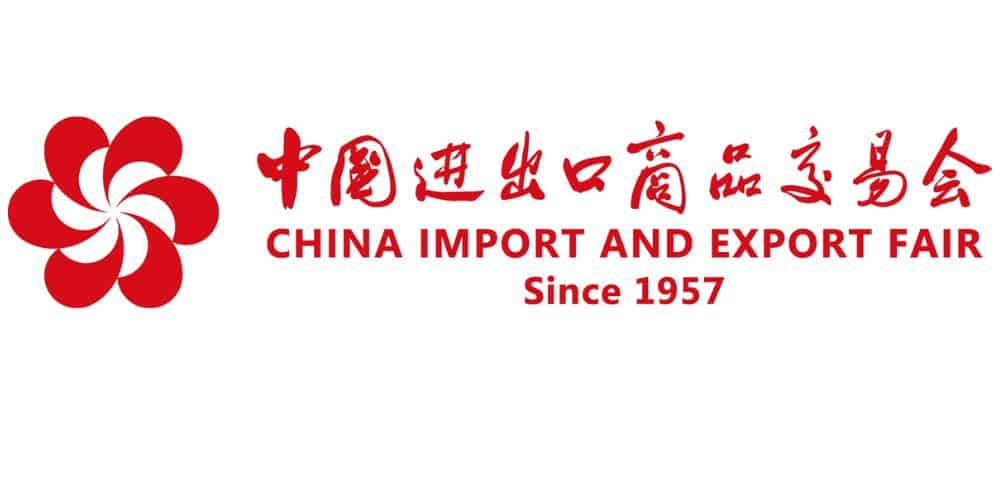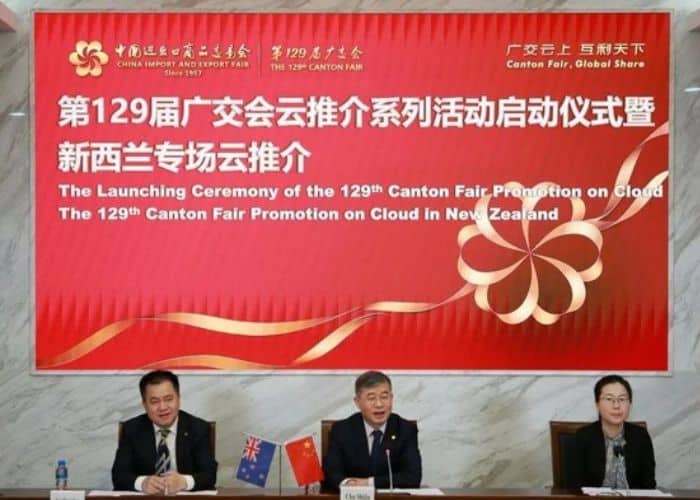
The Canton Fair, organized by the China Foreign Trade Centre, and held in Spring and Autumn each year in Guangzhou has made a significant contribution to the development of China’s foreign trade over the last 50 years.

Since its establishment in 1957, the Canton Fair has enjoyed ongoing support from the Chinese government state leaders. Premier Zhou Enlai visited frequently and led major decisions on the organisation of the Fair and it was he who abbreviated the name from the China Import and Export Fair to the Canton Fair.
In May 1973 Deng Xiaoping who had resumed office as the Vice Premier of the State Council paid an inspection visit. Since 1957 the Fair has received visits from the heads of state and government officials of 78 countries.
The Canton Fair has gone through four stages, witnessing China’s economic reform, opening up and development.
The first stage was the establishment of the Fair in 1957. 1,223 buyers from 19 nations and regions participated in the first session held in April with the second session held in October Trade volumes from the Fair in its first year reached $ 86.86 million, accounting for 20% of the total national foreign exchange earnings in 1957.
Vic Percival, the pioneering trader from New Zealand, was invited to the second session which he attended and he was to continue visiting the Fair over the decades to come. By 1965, the annual export transaction volume at the Fair has accounted for over 30% of the national total and the proportion even exceeded 50% in some years.
The second stage was during the 1958-1978 years. The Central Government mobilized national resources to support the Canton Fair. During the Culture Revolution, the Central Committee of CPC issued documents to ensure that the Canton Fair would be held on schedule
The third stage started in 1978 prior to China’s accession to WTO. During this period, in order to adapt to the restructuring of China’s foreign trade, the Fair carried out several rounds of reforms and in 1982, the organizers shortened the duration and expanded the scale.
The fourth stage commenced in 2001 with a number of changes. A significant reform of exhibition mode was initiated in the 91st session of the Canton Fair in spring 2002 with each session divided into two phases, arranged on the basis of specialization. In spring 2007, the first International Pavilion was established and the 104th session in 2008 was moved completely the Pazhou Complex, with exhibition pattern of “Two Complexes Two Phases” shifting to “One Session Three Phases”.
And in response to Covid-19 the China Foreign Trade Centre introduced an online service enabling exhibitors and buyers to connect and engage virtually.
With growing demand for exhibition space and to accommodate the growth in visitors the exhibition complex has been expanded and relocated. Moving from Sino-Soviet Friendship Building (which held the 1st and 2nd sessions) to Qiaoguang Road ( the 3rd to 5th sessions) and then the Qiyi Road Exhibition Hall (the 6th to 34th sessions), to the Liuhua Complex (the 35th to 103rd sessions), to being held entirely in the Pazhou Complex from the September session in 2008 to today..
The Complex was located to the south of the Pearl River, covering an area of more than 800,000 square meters. The floor area totals over 1,100,000 square meters, with an indoor exhibition area of more than 338,000 square meters and an outdoor exhibition area of more than 43,600 square meters. The Pazhou Complex is currently the largest exhibition complex in Asia with the most advanced facilities.
The growth in the number of exhibitors has driven the Canton Fair’s development. Nearly 22,000 Chinese enterprises now attend each session of the Fair and it has become a platform for Chinese enterprises to go global. A large number of small and medium-sized enterprises (SMEs) used the Fair to grown into world famous enterprises.
In the early days of the Canton Fair, buyers were mainly from Hong Kong, Macao and South-east Asia. As China adopted reforms and opened-up the fair also grew. The number of buyers has greatly increased and they come from an increasing number of different countries – recently almost 200,000 attendees came overseas visited each session – including over 1000 international chain stores and procurement groups.
During the last 50 years the Canton Fair has played an important role in the development of the trading relationship between New Zealand and China. From Vic Percival attending the Fair in the first year of its establishment through to The Warehouse Group, New Zealand’s largest importer of household and consumer products who have been regular visitors over the last 30 years, many New Zealand businesses have attended or exhibited at the Fair to source or showcase products. A small example of some the more well known organisations includes Macvad, Icebreaker, Pumpkin Patch, Fisher & Paykel, The Warehouse, Pacific Helmets and Aunt Betty’s. Some have shared their experiences in detail in various forums and events including “The Kiwi Pathfinder” by Bruce Kohn – the story of Vic Percival and presentations to NZCTA from Mike Pook of the Warehouse, Dave Stanley of Tullen Snips and Don Graham of William Aitken & Co.